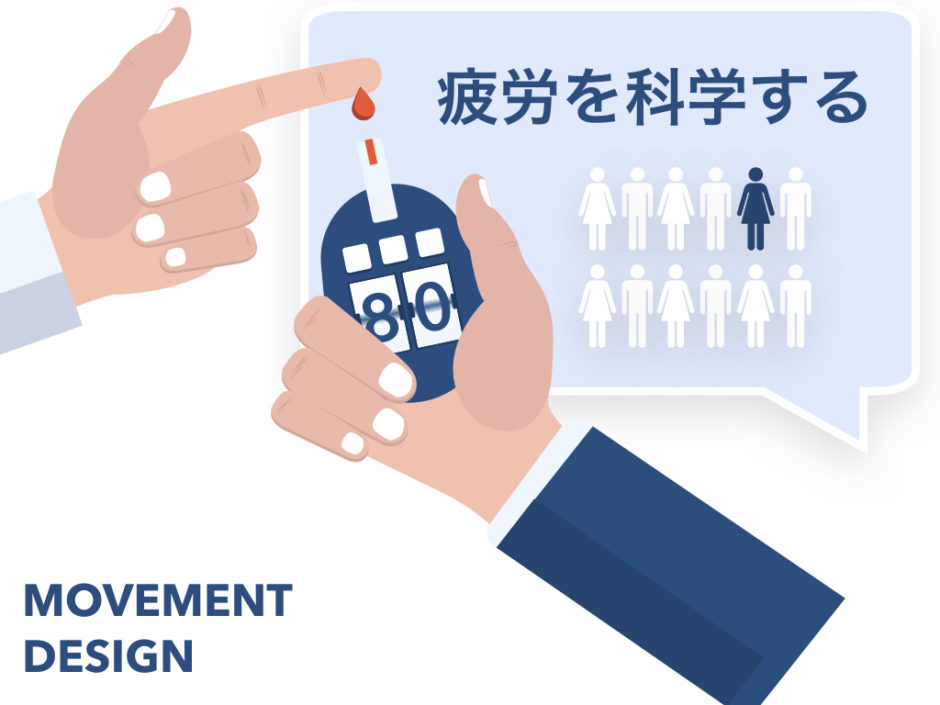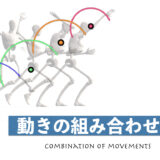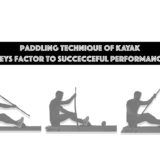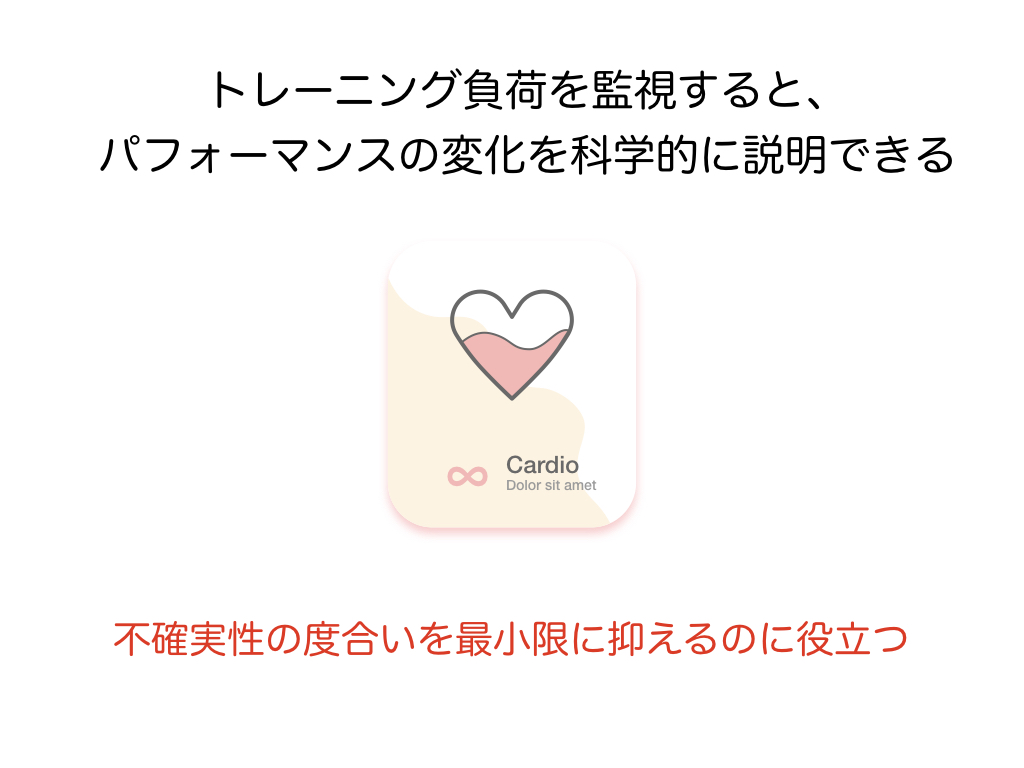
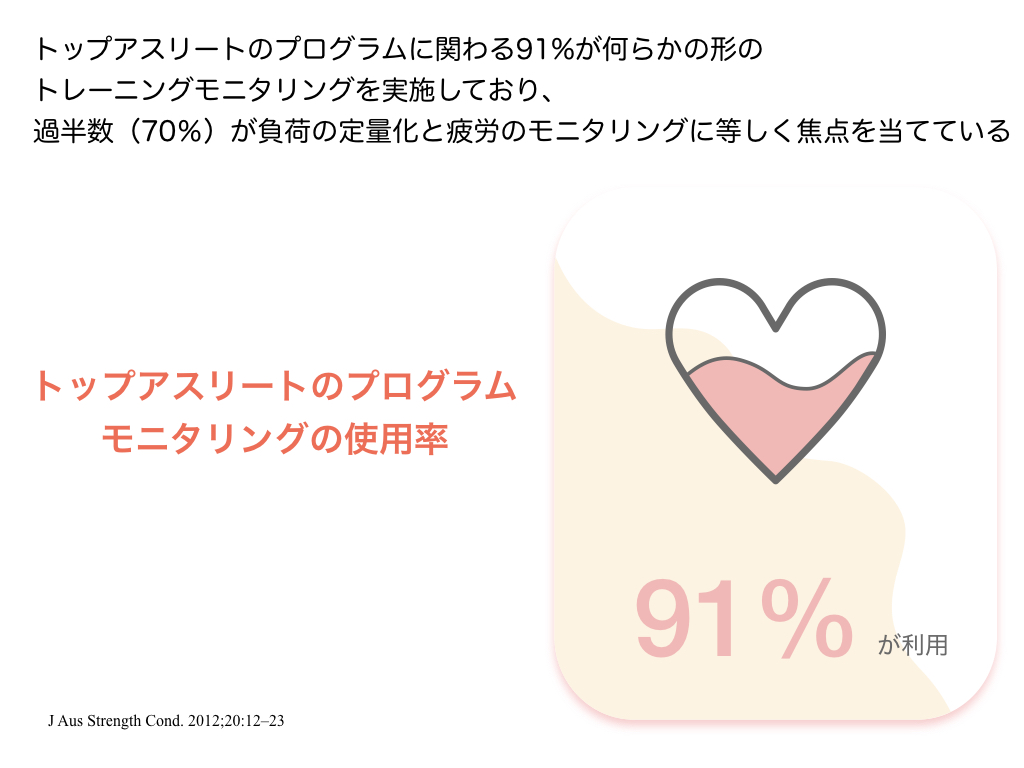
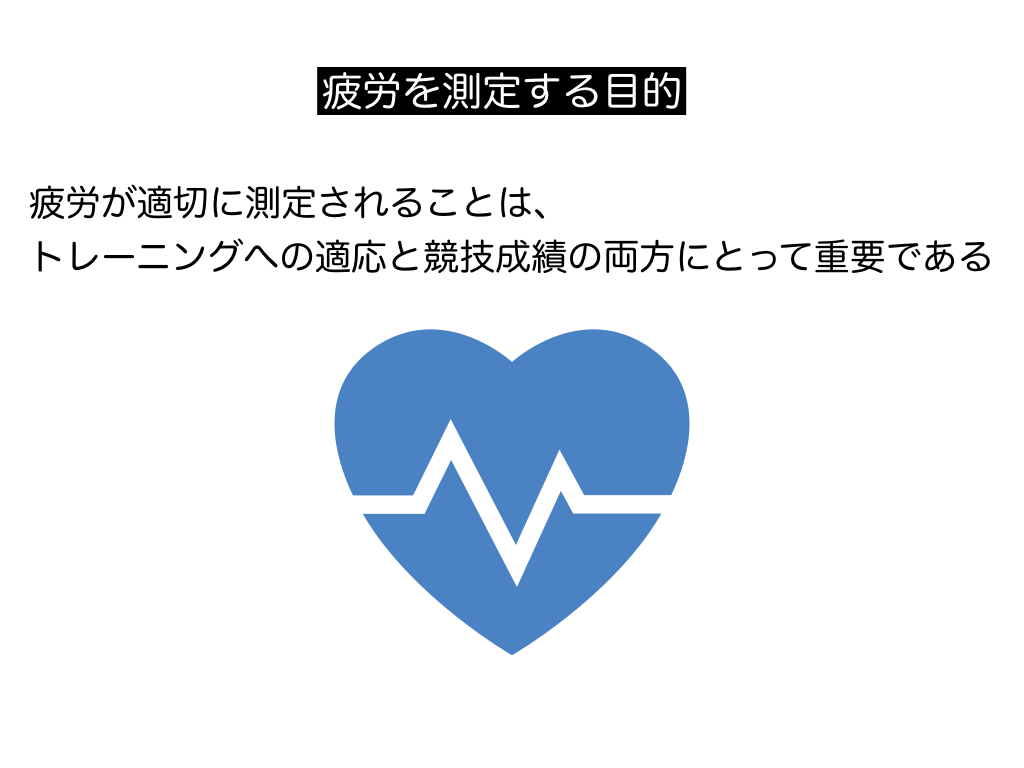
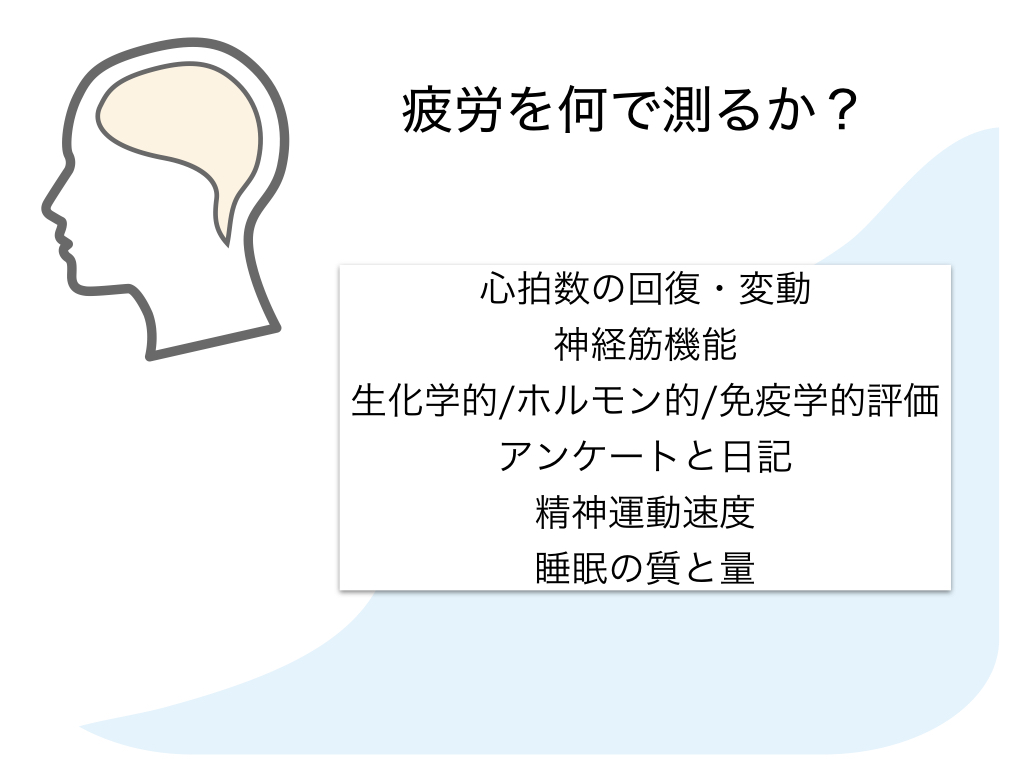
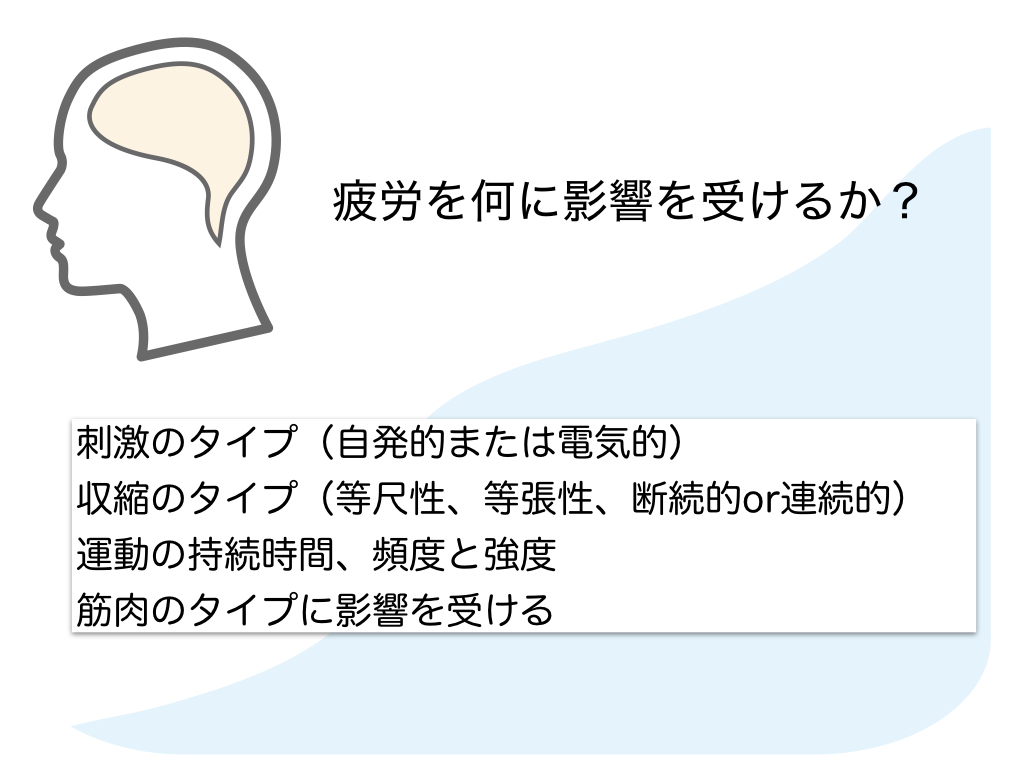

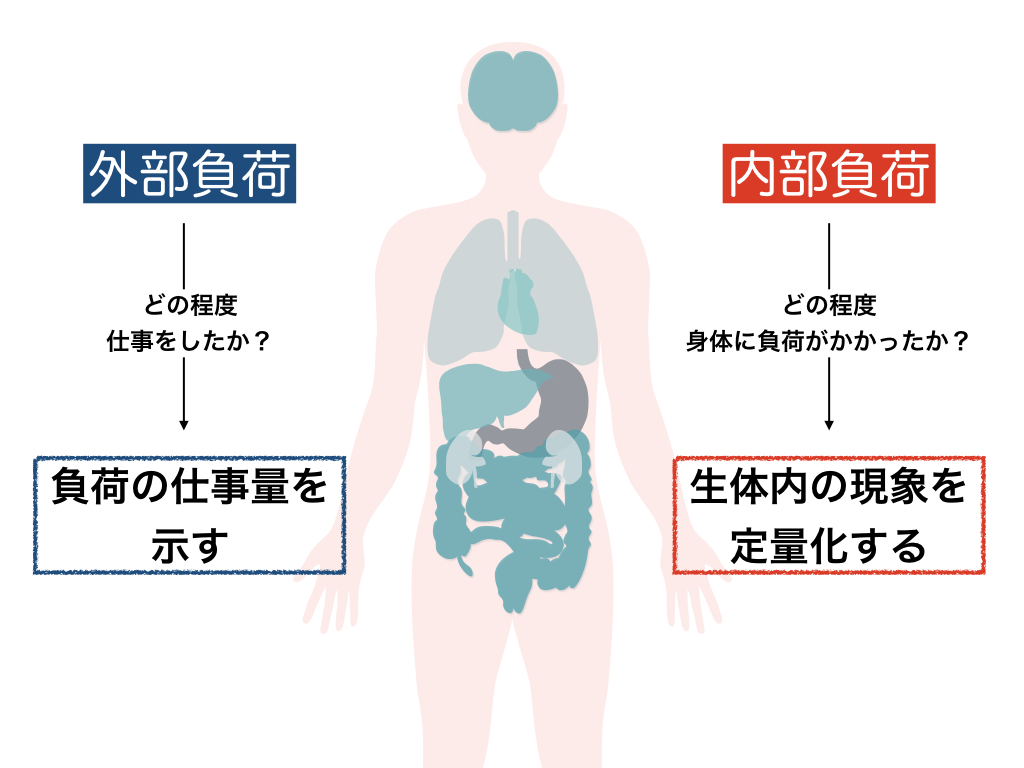
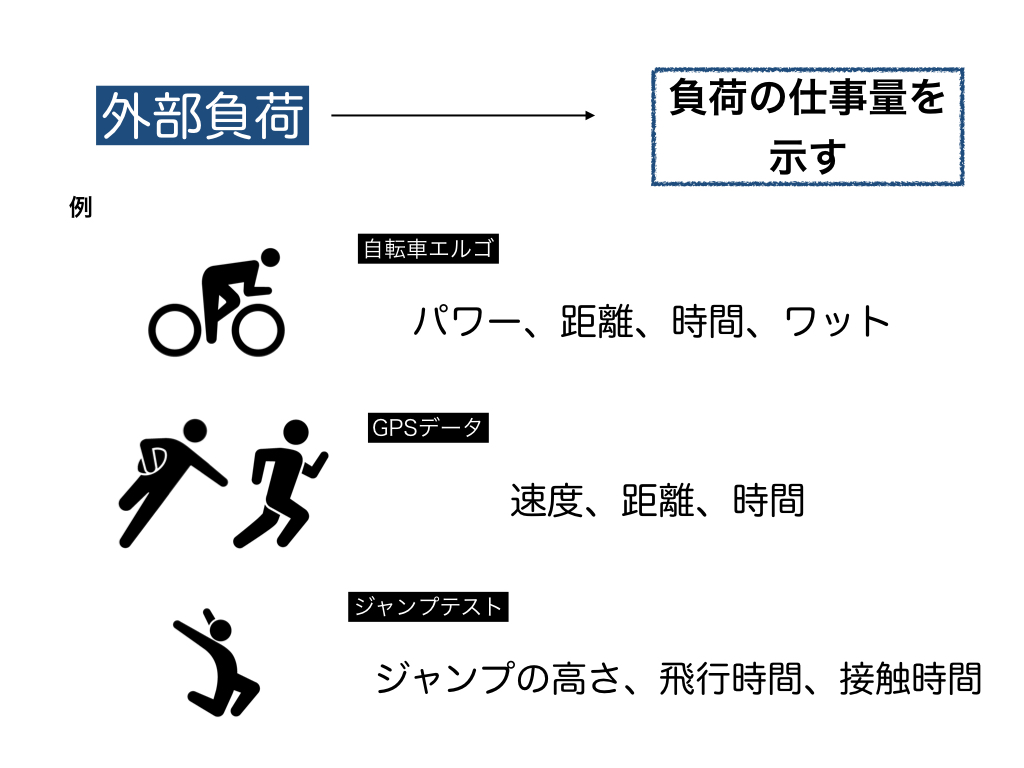
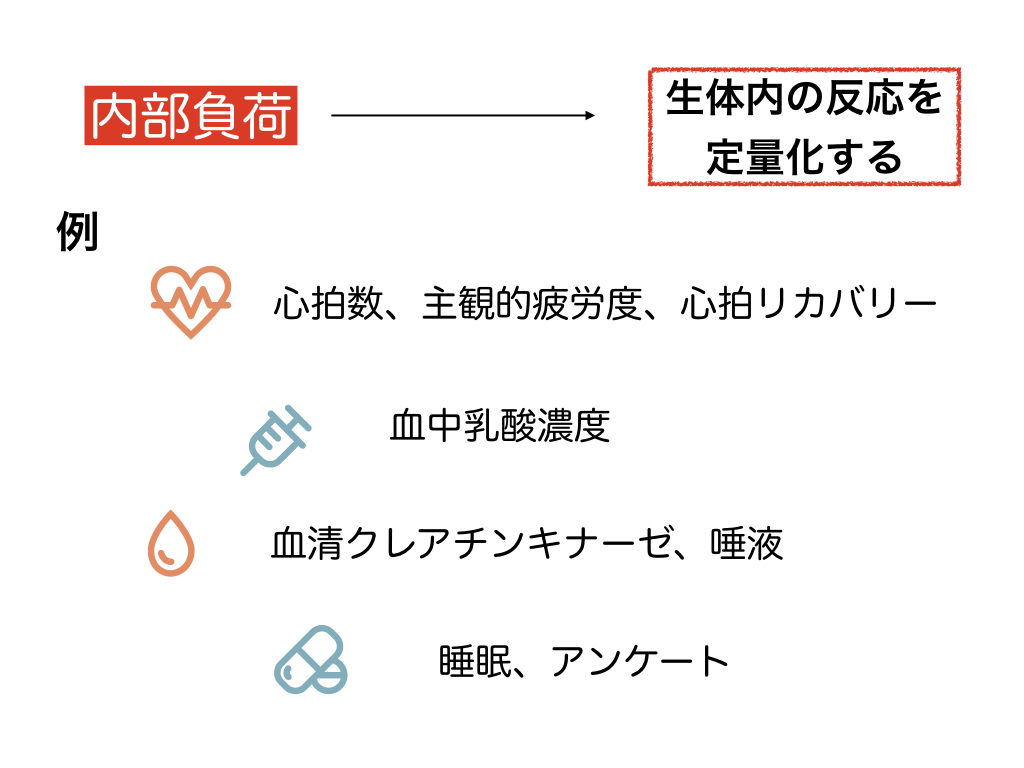
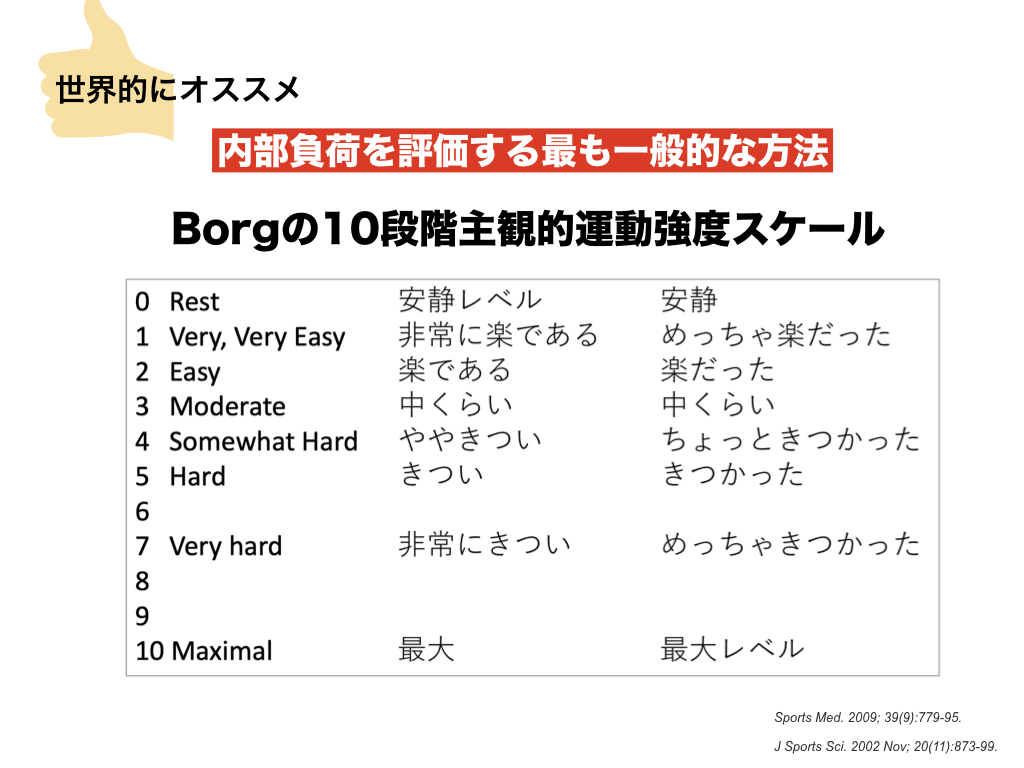
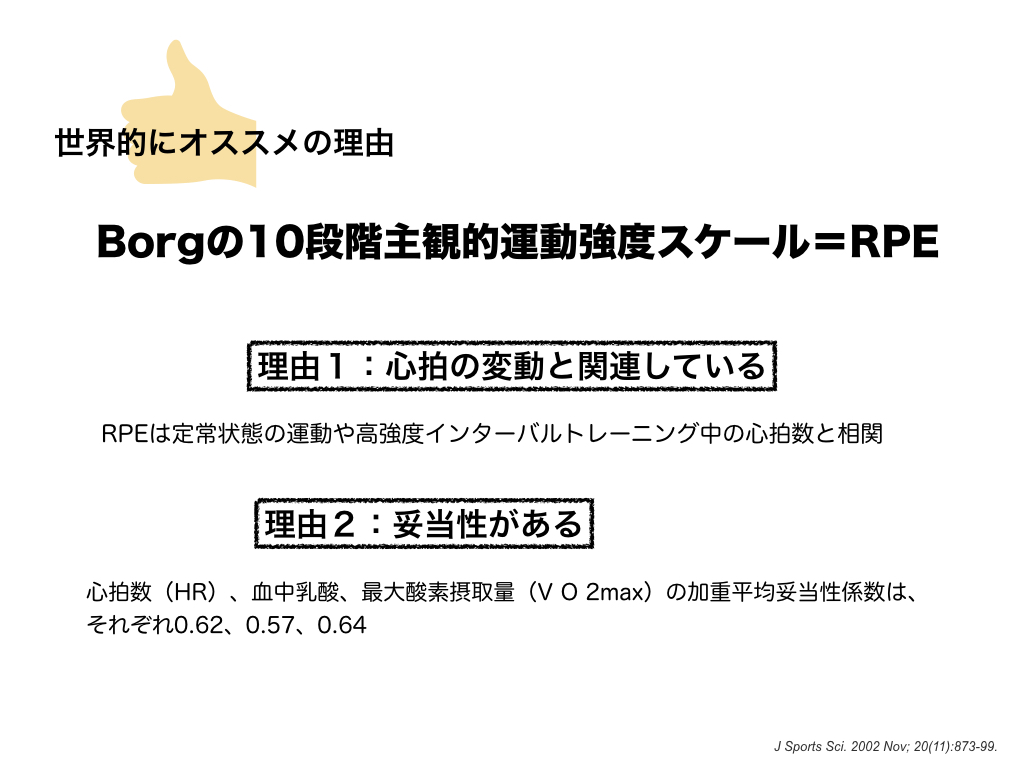
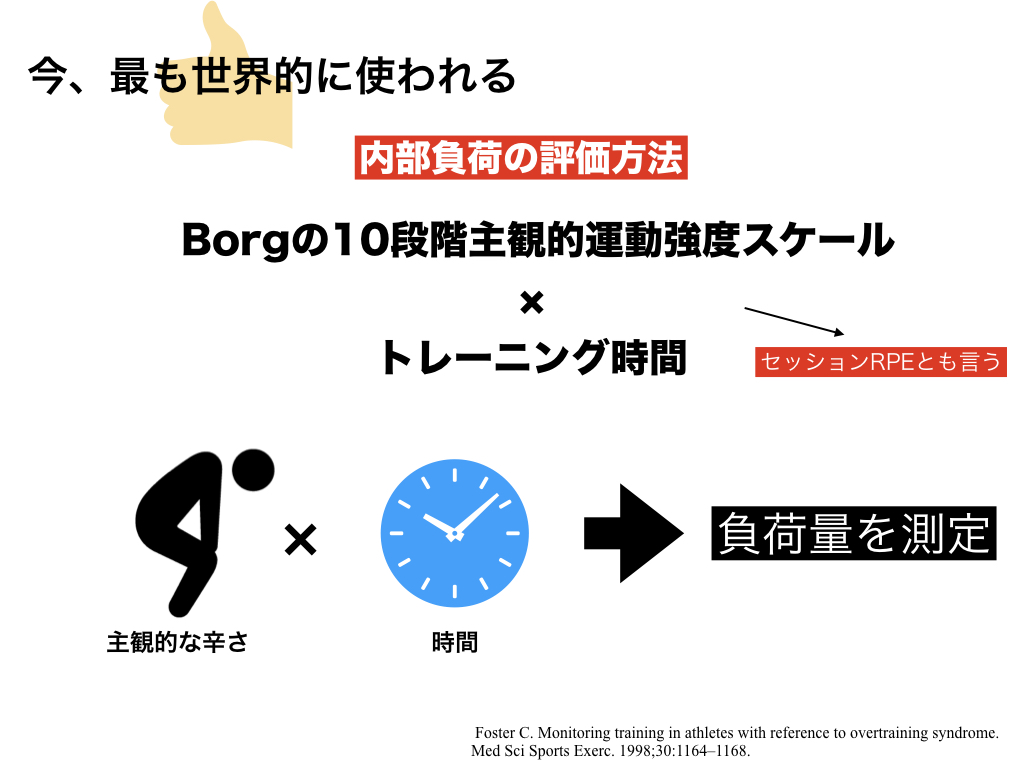
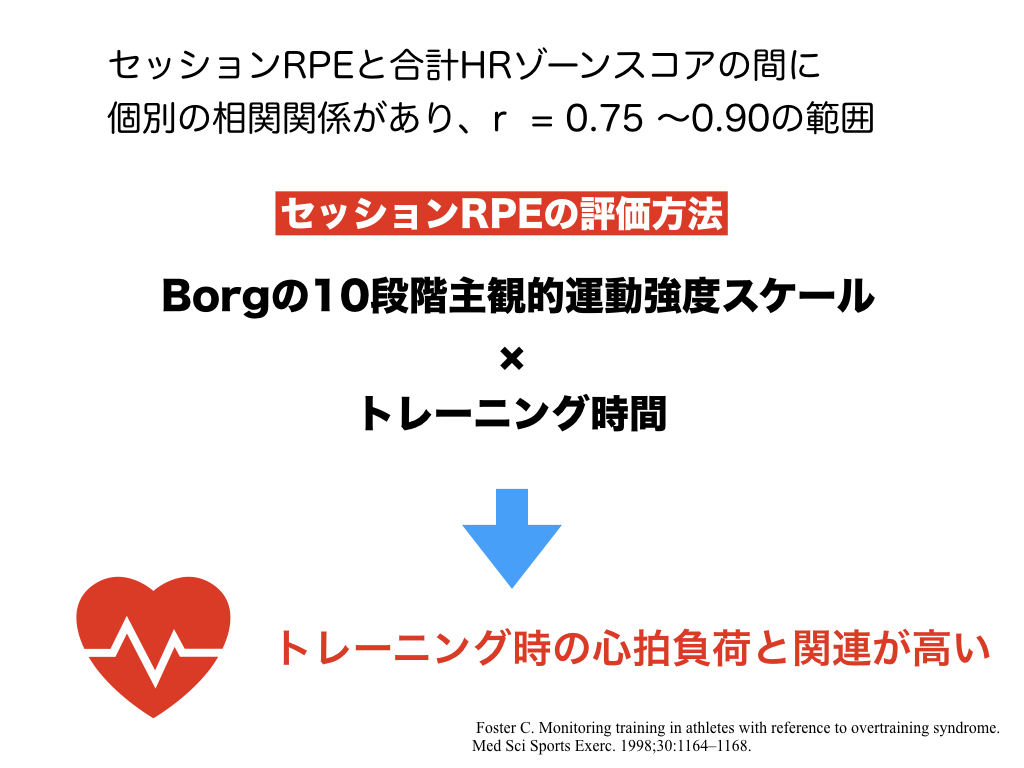
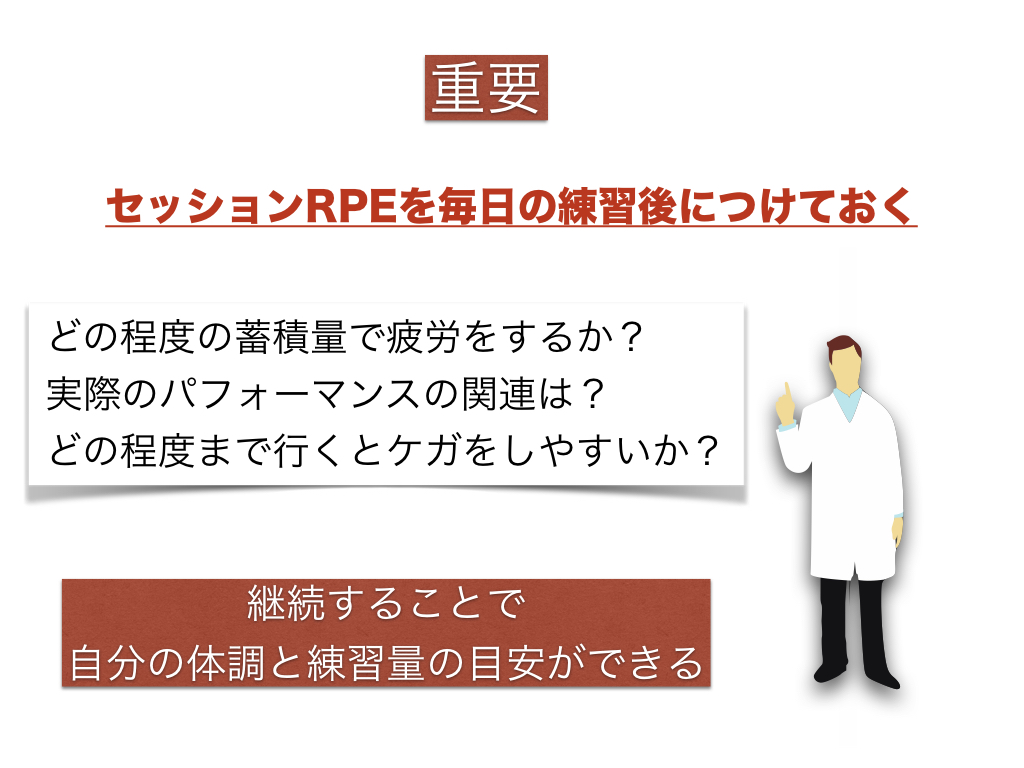
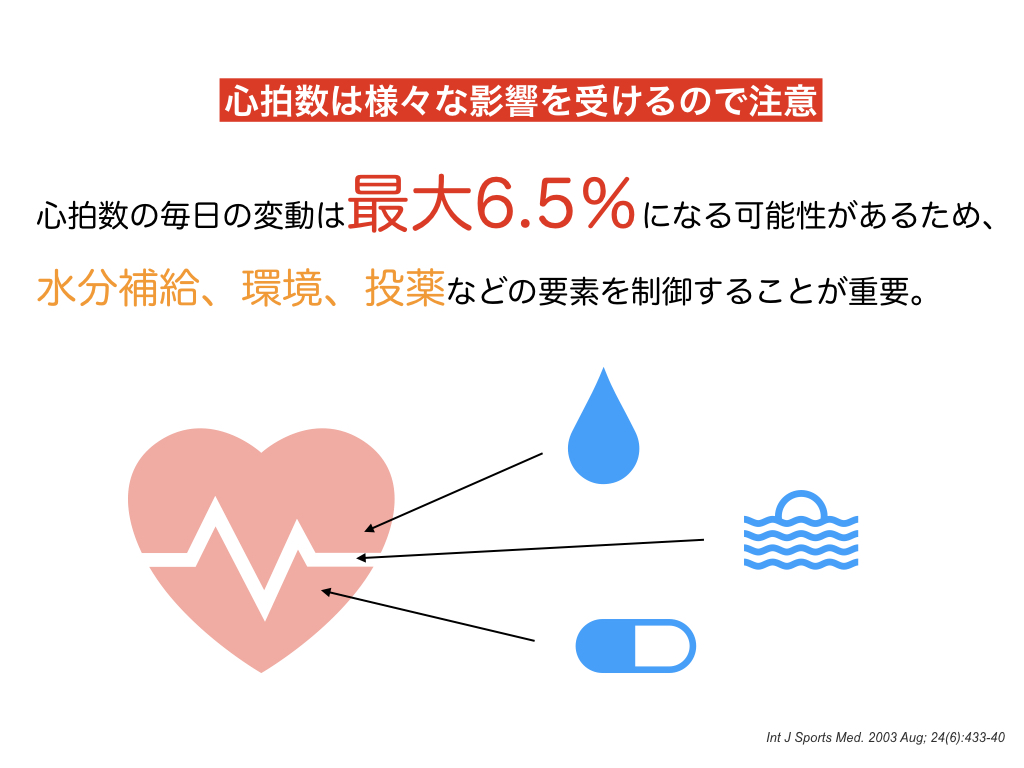
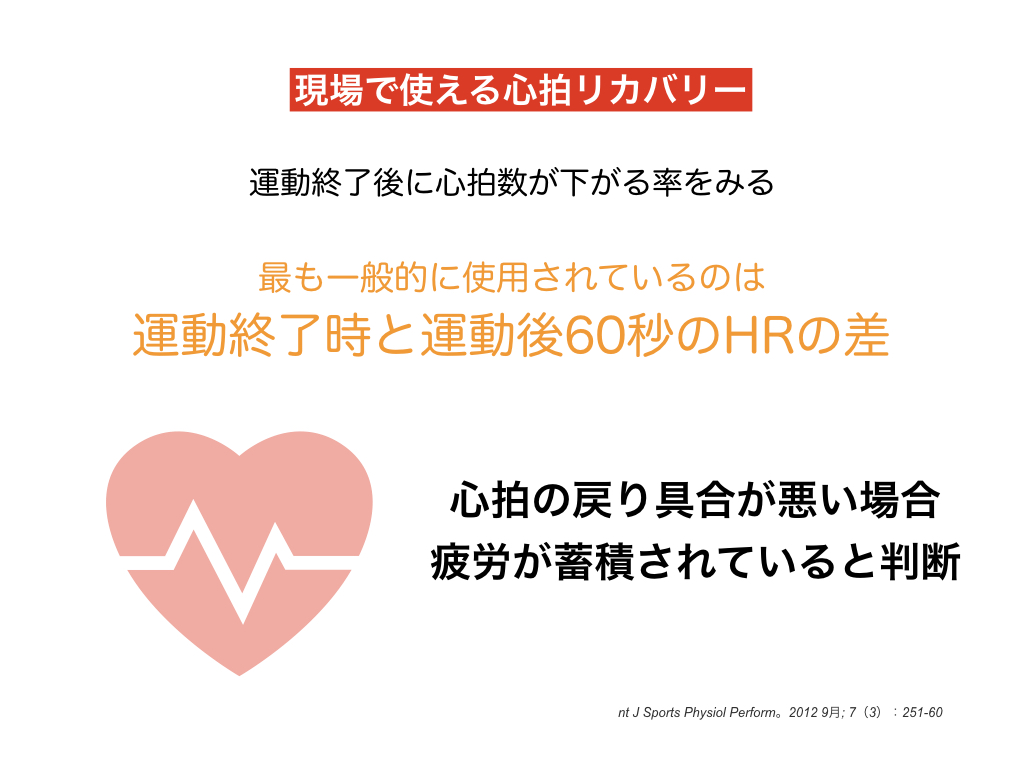
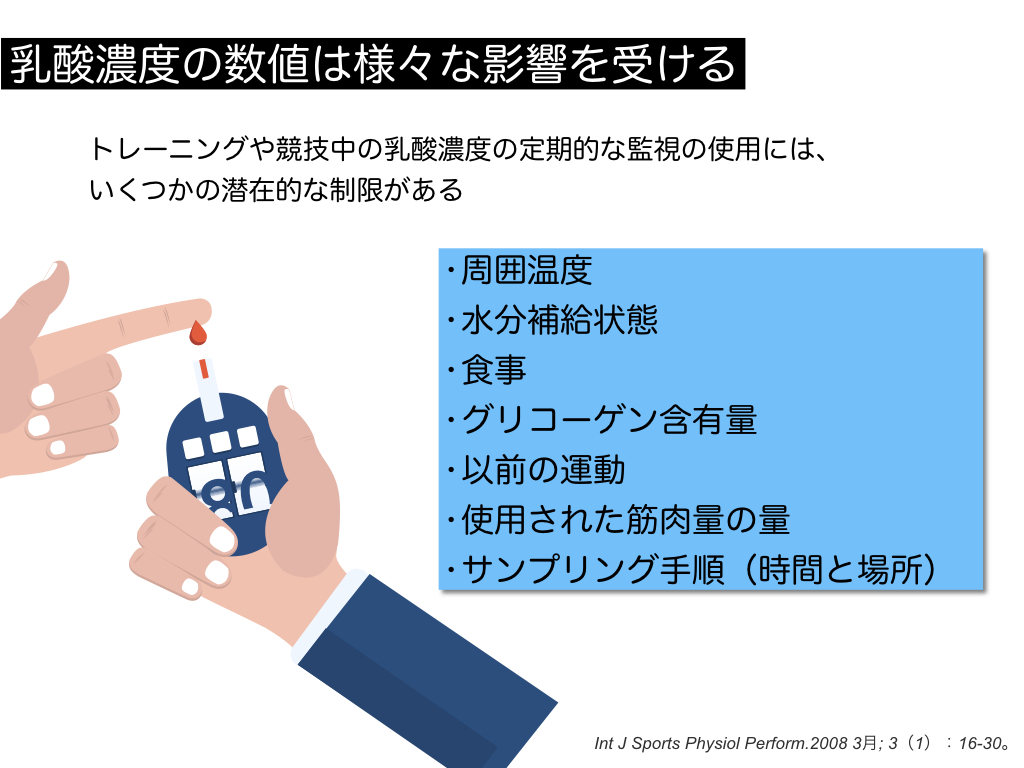
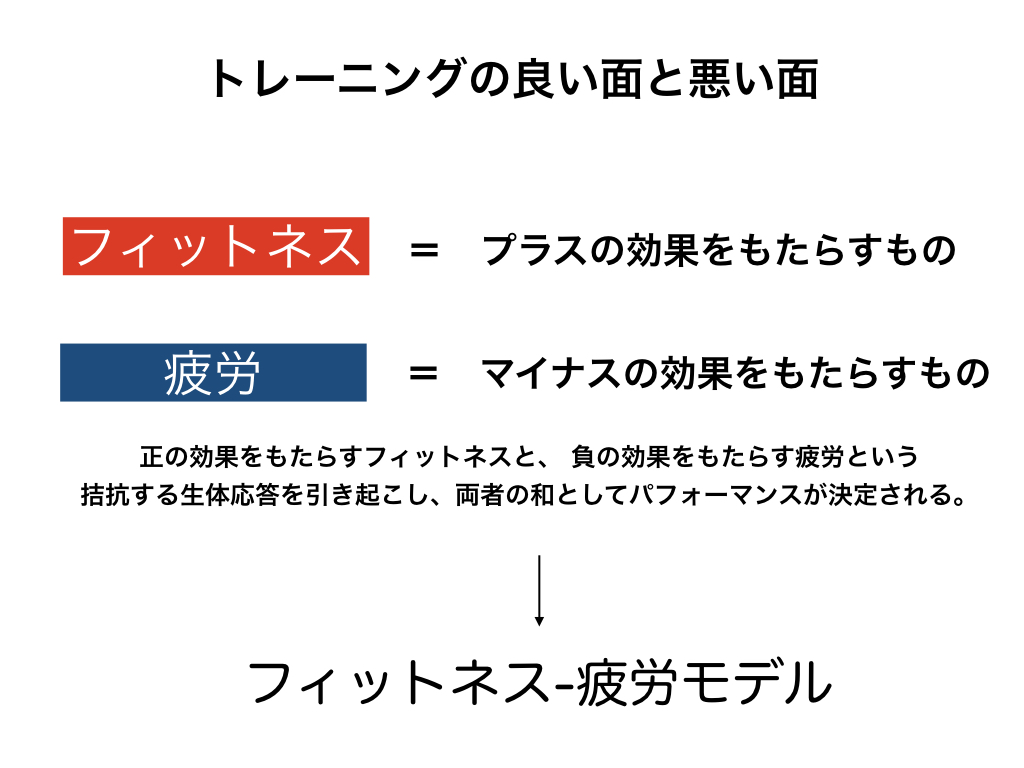
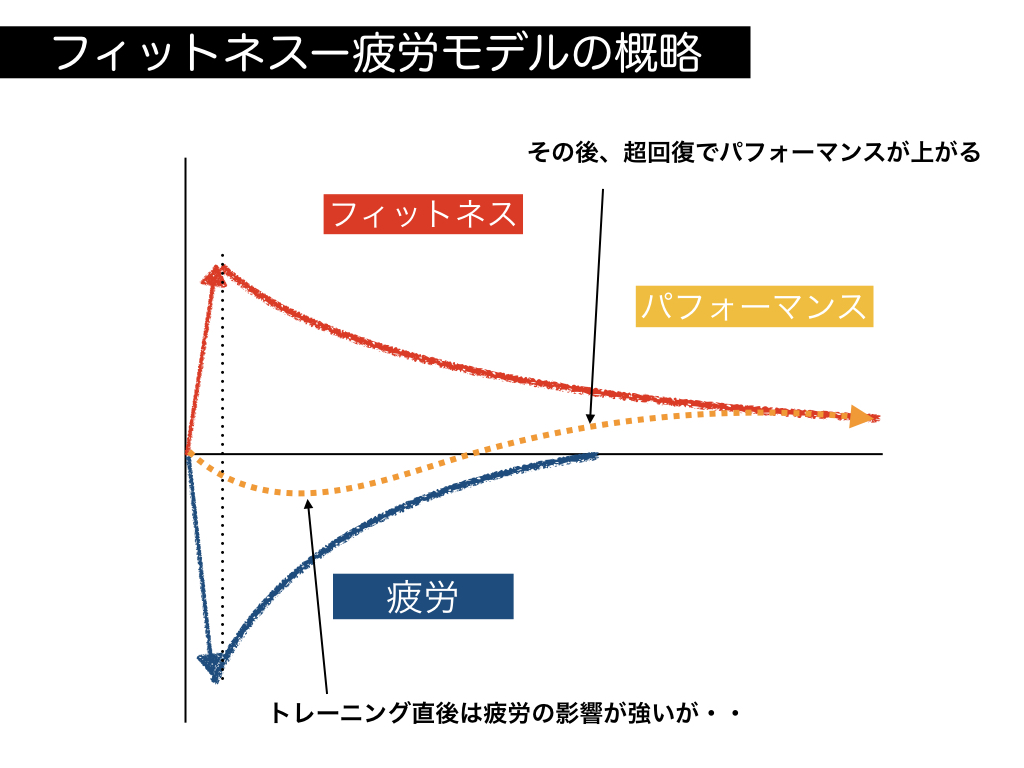
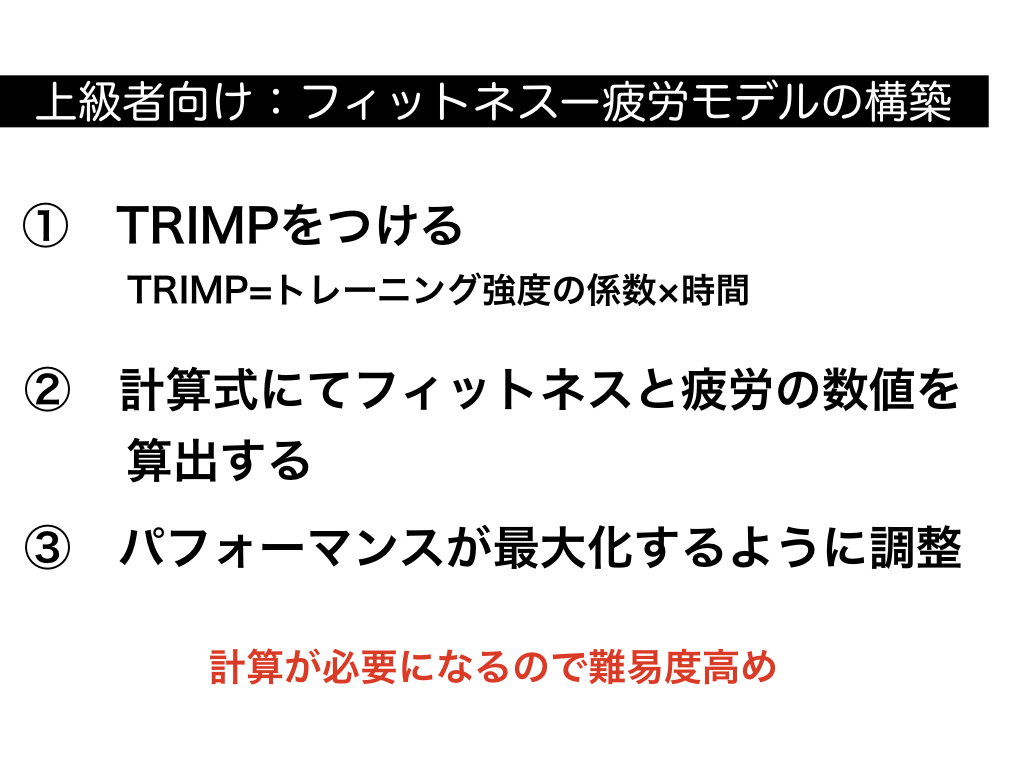
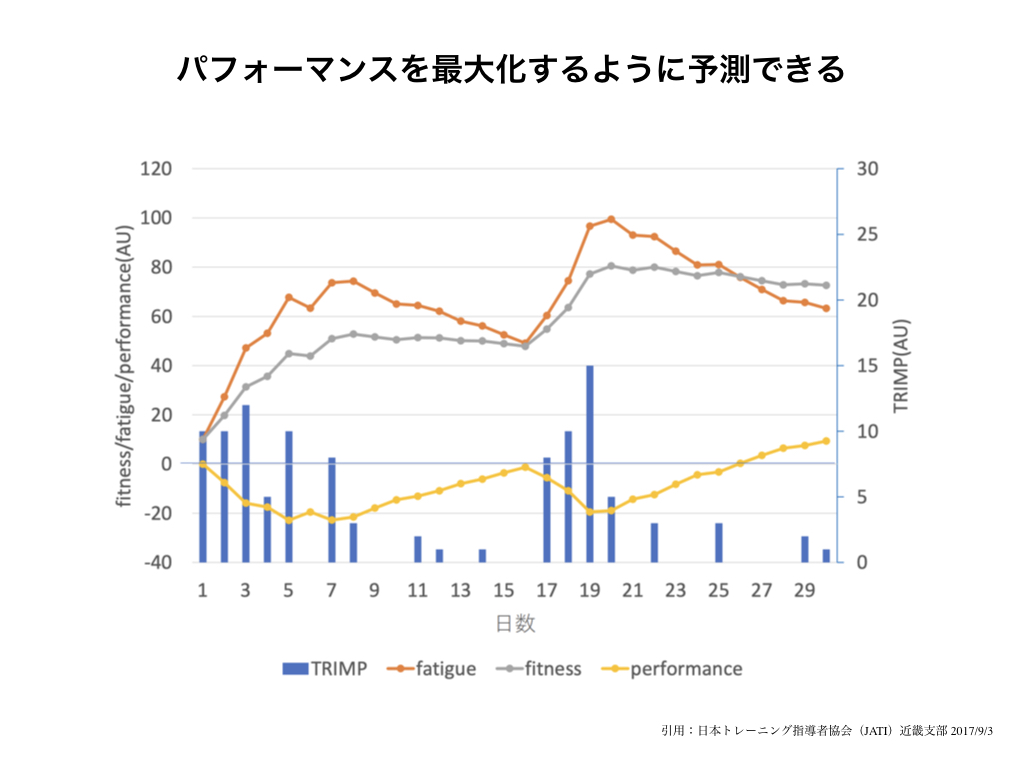
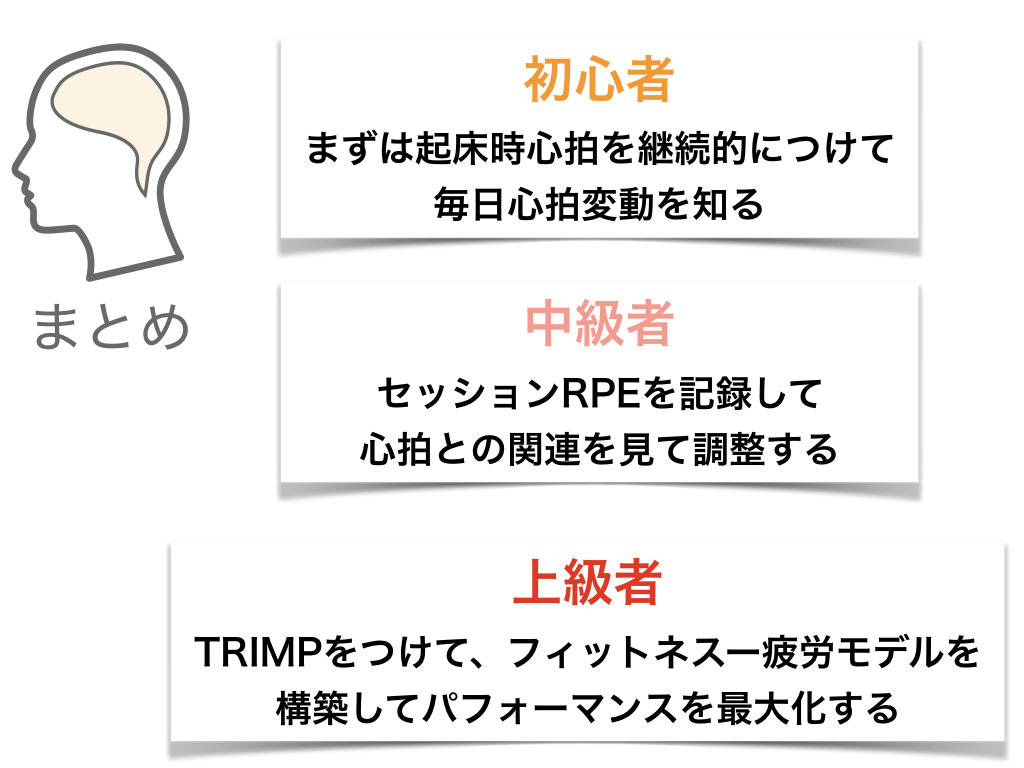
1. Iellamo, F., et al., Conversion From Vagal to Sympathetic Predominance With Strenuous Training in High-Performance World Class Athletes. Circulation, 2002. 105(23): p. 2719-2724.
2. Coyne, J.O.C., et al., The Current State of Subjective Training Load Monitoring—a Practical Perspective and Call to Action. Sports Medicine – Open, 2018. 4(1).
3. <Fatigue_monitoring_in_high_performance_s.pdf>.
4. Soligard, T., et al., How much is too much? (Part 1) International Olympic Committee consensus statement on load in sport and risk of injury. British Journal of Sports Medicine, 2016. 50(17): p. 1030-1041.
5. Schwellnus, M., et al., How much is too much? (Part 2) International Olympic Committee consensus statement on load in sport and risk of illness. British Journal of Sports Medicine, 2016. 50(17): p. 1043-1052.
6. Bourdon, P.C., et al., Monitoring Athlete Training Loads: Consensus Statement. International Journal of Sports Physiology and Performance, 2017. 12(s2): p. S2-161-S2-170.
7. Halson, S.L., Monitoring training load to understand fatigue in athletes. Sports medicine (Auckland, N.Z.), 2014. 44 Suppl 2(Suppl 2): p. S139-S147.
8. McLaren, S.J., et al., The Relationships Between Internal and External Measures of Training Load and Intensity in Team Sports: A Meta-Analysis. Sports Medicine, 2018. 48(3): p. 641-658.
9. Jones, C.M., P.C. Griffiths, and S.D. Mellalieu, Training Load and Fatigue Marker Associations with Injury and Illness: A Systematic Review of Longitudinal Studies. Sports Medicine, 2017. 47(5): p. 943-974.
Recent Posts
